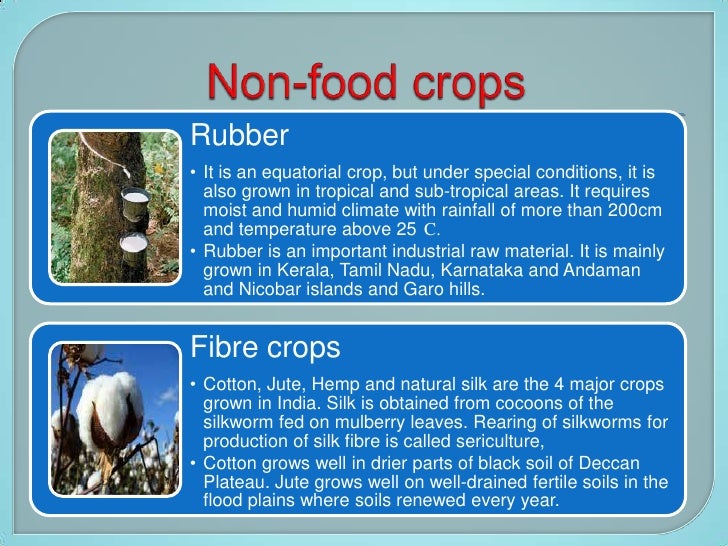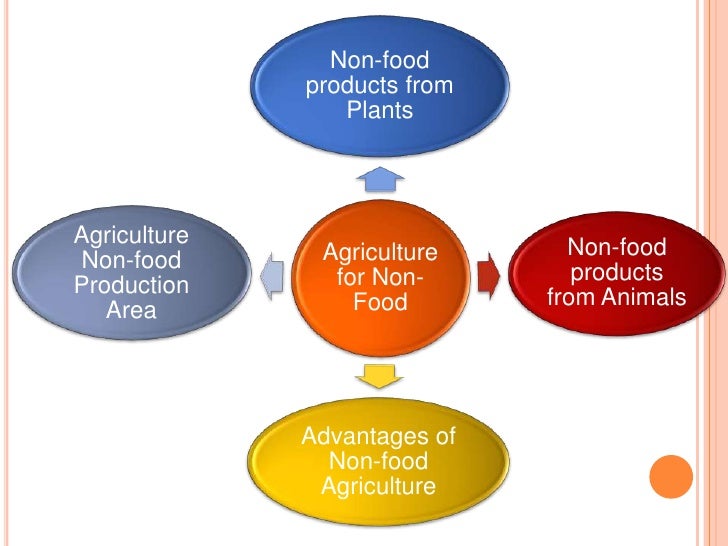Non-Food Agricultural Products: Exploring the Diverse Output of Agriculture Beyond Food Crops

Introduction:
Agriculture, often associated with food production, extends far beyond the realm of consumable crops. Non-food agricultural products encompass a wide range of materials and commodities that are derived from plants, animals, and microorganisms. These products find applications in various industries, ranging from textiles and cosmetics to pharmaceuticals and biofuels. By understanding the diversity and significance of non-food agricultural products, we can appreciate the multifaceted role of agriculture in our economy and society.
- Natural Fibers:
Non-food agricultural products include a variety of natural fibers that have been utilized for centuries in the production of clothing, textiles, and other materials. These fibers, obtained from plants and animals, possess unique properties that make them suitable for various applications.
a) Cotton: Derived from the cotton plant, cotton fibers are renowned for their breathability, comfort, and absorbency. They are widely used in the production of clothing, bedding, and towels.

b) Wool: Obtained from sheep, goats, and other animals, wool fibers are known for their warmth, durability, and natural flame resistance. They are used in sweaters, blankets, and carpets.

c) Silk: Produced by silkworms, silk fibers are valued for their luxurious texture, strength, and luster. Silk is used in high-end fashion, furnishings, and medical applications.
d) Jute: Extracted from the jute plant, jute fibers are strong, durable, and biodegradable. They are primarily utilized in the production of burlap sacks, ropes, and carpets.
- Industrial Oils and Fats:
Agriculture provides a wide range of oils and fats that are used in a variety of industrial applications. These oils and fats are derived from various plants and animals and possess unique properties that make them suitable for specific uses.
a) Vegetable Oils: Oils obtained from oilseeds such as soybeans, canola, sunflower, and olives are widely used in cooking, salad dressings, and margarine production.
b) Essential Oils: Extracted from aromatic plants, essential oils are highly concentrated and possess distinct scents. They find applications in cosmetics, perfumes, aromatherapy, and pharmaceuticals.
c) Biodiesel: Produced from vegetable oils and animal fats, biodiesel is a renewable and sustainable fuel alternative to traditional diesel.
- Medicinal and Pharmaceutical Products:
Agriculture plays a vital role in the production of medicinal and pharmaceutical products. Plants, animals, and microorganisms are sources of active ingredients for various drugs and therapeutic agents.
a) Medicinal Plants: Many plants contain bioactive compounds with therapeutic properties. These plants are used in traditional medicine and modern pharmaceuticals to treat a wide range of ailments.
b) Animal-Derived Products: Substances derived from animals, such as lanolin from sheep wool and heparin from pig intestines, are used in medical applications.
c) Microbial Products: Microorganisms, such as bacteria and fungi, produce antibiotics, enzymes, and other compounds with antibacterial, antiviral, and antifungal properties.
- Biomaterials and Biofuels:
Agriculture provides renewable resources for the production of biomaterials and biofuels. These products offer sustainable alternatives to traditional materials and fossil fuels.
a) Biomaterials: Agricultural products, such as starch, cellulose, and lignin, are used to produce bio-based plastics, biodegradable packaging, and other eco-friendly materials.
b) Biofuels: Crops such as corn, sugarcane, and oilseeds are used to produce bioethanol, biodiesel, and other renewable fuels that help reduce greenhouse gas emissions.
Conclusion:
Non-food agricultural products represent a vast and diverse array of materials and commodities with applications spanning numerous industries. From natural fibers to industrial oils and fats, from medicinal products to biomaterials and biofuels, agriculture provides a wealth of resources that contribute to our economy, environment, and well-being. By recognizing the significance of non-food agricultural products, we can appreciate the multifaceted nature of agriculture and its vital role beyond food production.










